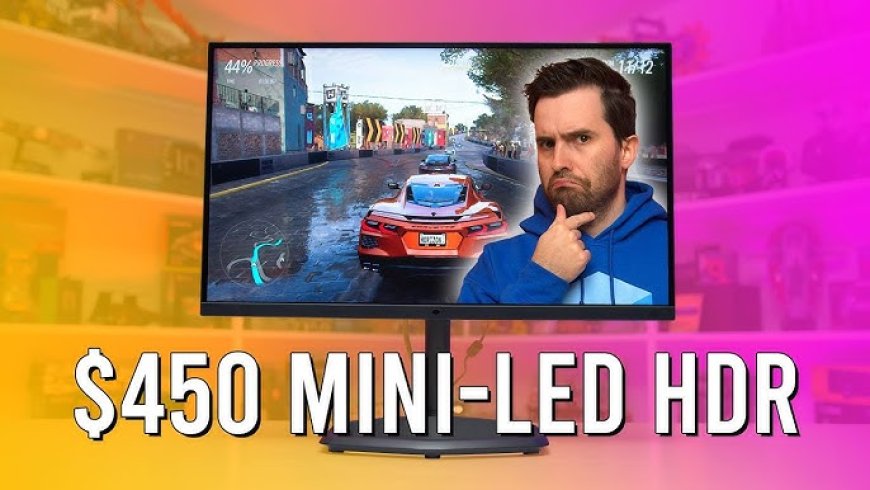Understanding Refresh Rates in Gaming: From 30Hz to 540Hz
In the gaming world, refresh rates are a crucial aspect that can significantly enhance the gaming experience. While some may view high refresh rates as "overkill" or "unnecessary," the reality is that they can greatly improve gaming performance. This article will delve into the differences in motion clarity across a spectrum of refresh rates, from 30Hz to an impressive 540Hz, and debunk common misconceptions about frame rates in gaming.

The Debate Over Frame Rates in Gaming
Common Misconceptions
There's a prevalent belief among some gamers that 60 FPS (frames per second), or even 30 FPS, is sufficient for modern gaming, arguing that higher frame rates don't offer substantial benefits, especially in single-player games. Some even suggest that gaming at lower FPS allows for higher graphical fidelity, making the overall visual quality better.
Also check Windows Mixed Reality Deprecation
Reality of Motion Clarity
This perspective, however, overlooks a crucial aspect: higher refresh rates not only make gaming smoother but also less blurry on modern displays. Less blur in motion results in a visually superior experience, a factor often ignored when discussing graphics quality and frame rate trade-offs in gaming consoles.
The Benefits of Higher Refresh Rates
Smoothness and Visual Clarity
Higher refresh rates in gaming excel for three primary reasons: input latency, smoothness, and visual clarity. While we will focus mainly on visual clarity, it's important to briefly touch upon input latency and smoothness as well.
Increasing Smoothness with Higher Frame Rates
Smoothness in gameplay increases with higher refresh rates because more frames are displayed, reducing the differences between each frame in motion. A direct comparison between 30 FPS and 60 FPS gameplay showcases this difference. Developers often use motion blur to mask choppiness at lower frame rates, but the disparity in smoothness is evident when motion blur is disabled, especially at refresh rates above 60 Hz.
Higher Refresh Rates and Lower Latency
Input latency decreases at higher refresh rates as the gap between input (from a mouse, keyboard, or controller) and its display output narrows. For instance, a display with a 60 Hz refresh rate updates every 16.7ms, while at 120Hz, it updates every 8.3ms. Therefore, at 120Hz, the input latency is lower, and the display feels more responsive due to the reduced delay between input and refresh.
Higher Refresh Rates Beyond 60 Hz
The Leap to 120 Hz and 240 Hz
The jump from 60 Hz to 120 Hz is immediately noticeable, with 240 Hz offering even greater smoothness. The extent of these improvements varies depending on individual sensitivity to smoothness. While these benefits are hard to demonstrate in a 60 FPS video, they are apparent in real-world usage.
Pushing the Limits: 540Hz Refresh Rate
At the extreme end, refresh rates like 540Hz are emerging, pushing the boundaries of visual clarity and responsiveness in gaming. While this may seem excessive, the incremental improvements in smoothness and latency reduction can be significant for competitive gaming.
Conclusion: Making the Right Choice for Your Gaming Needs
Choosing the right refresh rate for your gaming setup depends on various factors, including the types of games you play, your sensitivity to smoothness and latency, and your hardware capabilities. While higher refresh rates offer undeniable benefits in terms of smoothness, clarity, and responsiveness, it's essential to weigh these advantages against your specific gaming requirements and preferences. As the technology continues to advance, gamers have more options than ever to tailor their gaming experience to their individual needs.


































